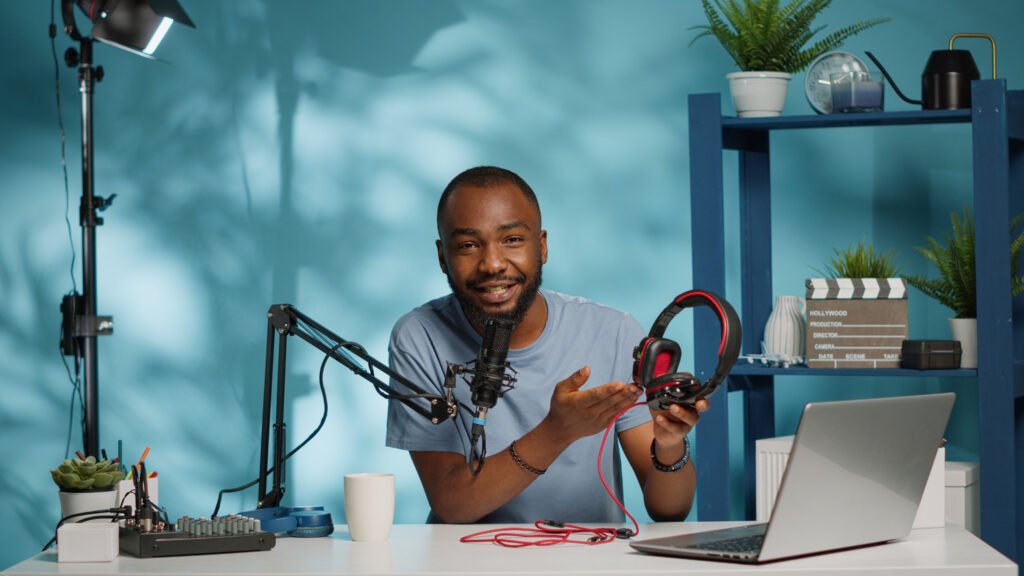
Discover how to develop loyal followers, boost your brand awareness, and get your readers clicking, acting, and becoming customers through content distribution.
Content marketing is becoming more common every year with hundreds of marketers reporting increased efforts or intentions to invest in it.
You can create engaging content, but it’s useless if your audience doesn’t hear about it.
Distributing your content is one of the most significant parts of your content strategy.
The tools provided in this guide will help you distribute your content effectively. With this guide, you’ll develop a content distribution strategy that will get your content in front of the right people at the right time.
You distribute your content through channels through which you spread the word about it and promote it. Depending on your audience and resources, you will choose which channels to use to distribute your content.
The three general distribution channels of owned, earned, and paid content are covered by several more specific channels.
The following diagram illustrates how these three content distribution channels overlap and how you can combine them to enhance their impact and reach.

Paying for a channel’s distribution is when your company spends money to distribute your content on it. A few examples include pay-per-click (PPC), social media advertising, and influencer marketing.

Pay-per-click (PPC) advertising is a way to drive traffic to your website by placing ads on search engines, websites, or social media platforms. When someone clicks on your ad, you pay the amount you bid for the keyword or ad placement. PPC is a way to quickly drive targeted traffic to your website and can be an effective way to generate leads or sales.
There are several types of PPC ads, including search ads, display ads, and social media ads. Search ads are placed on search engine results pages (SERPs) and are triggered by specific keywords. Display ads are banner ads that are placed on websites or social media platforms and are targeted to specific audiences based on demographics, interests, and behaviors. Social media ads are placed on social media platforms and can be targeted to specific audiences based on their social media activity and demographics.
To create a PPC campaign, you’ll need to identify the keywords or ad placements that you want to bid on, create ad copy and design ad creatives, set a budget for your campaign, and track the performance of your ads. There are several tools available to help you manage your PPC campaigns, including Google Ads, Bing Ads, and social media advertising platforms like Facebook Ads and Instagram Ads.

Sponsored content, also known as native advertising, is a type of advertising that is designed to blend in with the content on a website or social media platform. Sponsored content is usually created by the advertiser and is intended to promote a product or service in a way that is subtle and non-disruptive to the user experience.
Sponsored content can take many forms, including articles, videos, infographics, and social media posts. It is often labeled as “sponsored” or “promoted” to distinguish it from regular editorial content. The goal of sponsored content is to provide valuable information to the reader while also promoting the advertiser’s product or service.
Sponsored content can be an effective way to reach targeted audiences because it is less intrusive than traditional forms of advertising. However, it is important for advertisers to be transparent about the sponsored nature of the content to avoid misleading or deceiving readers.

Paid influencer content is a type of sponsored content that involves partnering with an influencer to promote a product or service. Influencers are people who have a large following on social media or other online platforms and who are seen as experts or authorities in their field. They often have the ability to influence the purchasing decisions of their followers.
Paid influencer content can take many forms, including sponsored social media posts, sponsored blog posts, sponsored videos, and sponsored live streams. Influencers may be paid a fee, receive free products or services, or receive a commission based on the sales generated from their promotion.
Paid influencer content can be an effective way for companies to reach targeted audiences and to build brand awareness. However, it is important for influencers to disclose their relationship with the advertiser and to be transparent about any compensation they receive. This helps to maintain the trust and credibility of the influencer and to avoid misleading or deceiving their followers.

Paid social ads are advertisements that are placed on social media platforms and that are targeted to specific audiences based on demographics, interests, and behaviors. Paid social ads can take many forms, including sponsored posts, sponsored stories, display ads, and video ads.
To create a paid social ad campaign, you’ll need to choose a social media platform, select the type of ad you want to run, create ad copy and design ad creatives, set a budget for your campaign, and target your ads to specific audiences. Most social media platforms have their own advertising platforms that allow you to create, manage, and track your ad campaigns.
Paid social ads can be an effective way to reach targeted audiences and to build brand awareness. They can also be used to drive traffic to a website, generate leads, or make sales. However, it is important to carefully target your ads and to create relevant and engaging ad copy to ensure that your ads are effective.
Amazing content is a waste if no one is consuming it. Content distribution is a critical piece of the content marketing puzzle. It is also the key to boosting your brand awareness, collecting loyal followers, and encouraging your readers to click, act, and become customers.
Put these content distribution tips and tools to get your content in front of your audience.
Here are some tips for distributing your content effectively:
Identify your target audience: Consider who you want to reach with your content, and tailor your distribution strategy to suit their interests and habits.
Utilize social media: Social media platforms are a great way to share your content and reach a wide audience. Choose the platforms that your target audience is most active on and create a content calendar to plan out your posts.
Use email marketing: Email newsletters can be an effective way to distribute your content to a targeted group of individuals who have opted in to receive updates from you.
Optimize for search engines: Use relevant keywords in your title and throughout your content to make it more discoverable in search engine results.
Partner with other organizations or influencers: Collaborating with other organizations or influencers can help you reach a new audience and give your content more credibility.
Repurpose your content: Don’t be afraid to reuse or repurpose your content in different formats, such as turning a blog post into a video or an infographic. This can help you reach a different audience and make the most out of your content.
Monitor and analyze your results: Use tools like Google Analytics to track the performance of your content and see what’s working and what’s not. This will help you adjust your strategy and optimize your distribution efforts.